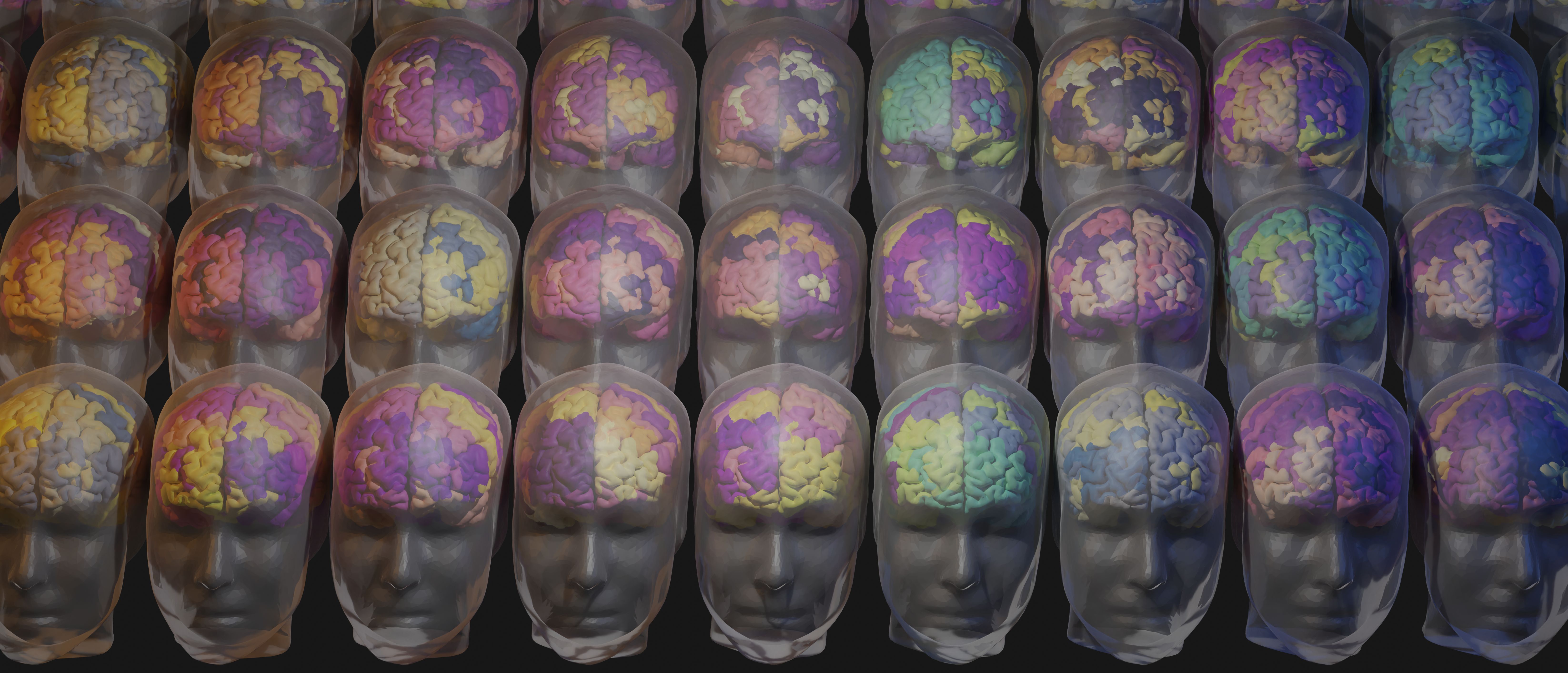Comment in Nature Reviews: Whole-brain modelling as an essential tool for neuroscientists

Image: Petra Ritter / Charité - Universitätsmedizin Berlin
The paper, titled “Whole-brain modelling: an essential tool for understanding brain dynamics”, highlights how frameworks like The Virtual Brain, an open-source platform integrated with EBRAINS, are revolutionising the study of healthy brain function.
Over the past few decades, progress in understanding and diagnosing neuropsychiatric disorders has been slow, due to challenges in fully understanding their biological causes. According to the authors, reliable animal models are rare, and treatments often fall short, indicating the need for new research strategies. Whole-brain modelling is presented as a powerful tool to overcome these limitations.
Whole-brain models, designed to integrate neuroimaging data from patients’ brains, aim to find pathologies and suggest treatments. For example, personalised digital brain models could potentially reveal the mechanisms that lead to a patient waking up after a coma, giving insights that could help others.
The authors highlight The Virtual Brain as the most widely used framework for whole-brain modelling. This advanced tool combines a variety of neuronal models and brain dynamics into its simulator, seamlessly integrating computational modelling with multiple neuroimaging techniques. The Virtual Brain is available as an open-source platform on EBRAINS.
The Virtual Brain allows researchers to simulate, analyse, and understand neurophysiological processes across different brain scales. One of its standout features is the ability to create personalised virtual brains, providing insights into complex neural mechanisms.
Read the article in Nature Reviews Methods Primers:
Whole-brain modelling: an essential tool for understanding brain dynamics
Gustavo Patow, Ignacio Martin, Yonatan Sanz Perl, Morten L. Kringelbach & Gustavo Deco (2024).